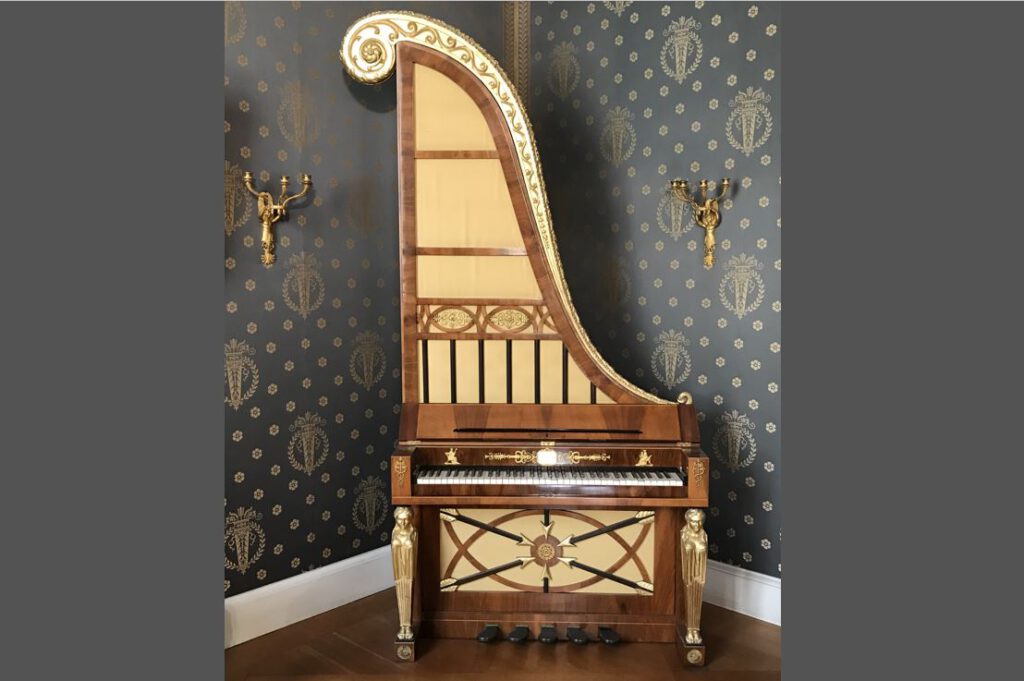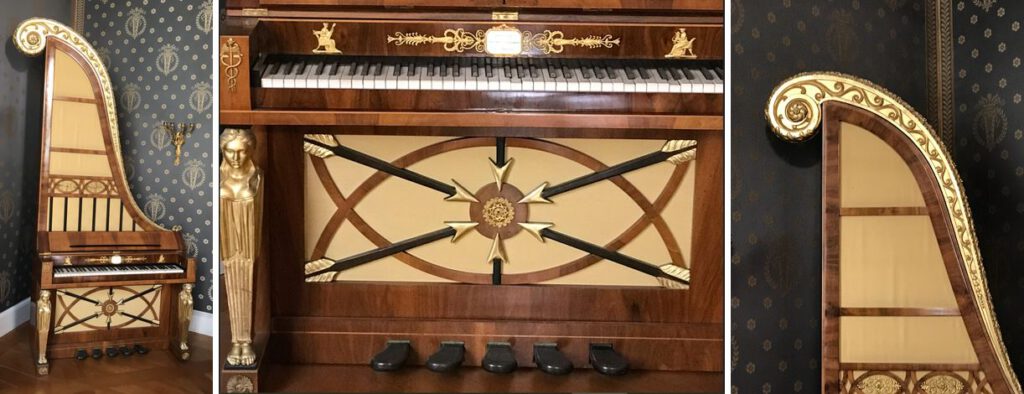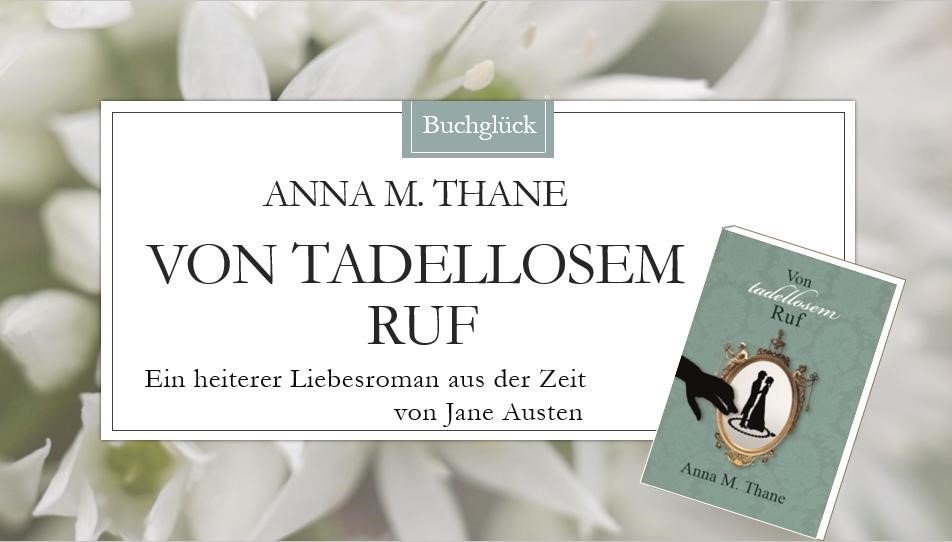
In 1709, Bartolomeo Cristofori invented the piano. From the second half of the 18th century, keyboard instruments underwent many improvements: When London became a major centre of piano building in the mid-1760s, inventive companies such as Broadwood hit the market with the so-called square piano. It was built in a form resembling the clavichord. Compact and less expensive than wing-shaped grand piano, the square piano quickly became the keyboard instrument of choice in the late 18th century – the one Jane Austen’s heroines would play. However, competition for the square piano arose on the Continent: a tall, strikingly looking instrument called the pianino.
The pianino’s advantage was that it took up less floor space than the normal grand piano, making it an ideal instrument for smaller rooms and for schools. Additionally, the price was modest, aiming at the upper-middle-class.
A brief look at the pianino
The pianino or upright piano was especially popular between 1790 and 1830. Its roots can be traced back to 1739, when Domenico Del Mela had built the first upright piano in Italy. In 1745, Christian Ernst Friederici built a strikingly looking pianino with an upright case shaped like a pyramid. Other instrument builders came up with new varieties: Joseph Wachtl, Jakob F. Bleye and Martin Seuffert of Vienna designed the so-called “giraffe-style” pianino in 1804/05. Here, one side of the encasement was straight and the other one was bent, providing the ‘long neck’-look. In 1820, Johann Christian Schleip built the “lyre model” with both sides of the encasement sloping upward to the flat top.
Technically, both the square piano and the pianino work like the grand piano. The main technical difference to the grand piano is that the soundboard and plane of the strings of the upright piano run vertically, perpendicular to the keyboard. This influences the hammer and damper mechanism: the ‘upright action’ (as it is called) is returned to a resting position by means of springs rather than by gravity alone.

The striking ‘giraffe piano’
The so-called ‘giraffe piano’ with its asymmetrical, wing-shaped case was especially popular on the Continent. It was built until the mid-19th-century.
By the way: people of the Regency period would not have called the instrument a giraffe piano. They would have said pianino, upright piano or even simply piano-forte. The first known use of giraffe piano in Britain was in 1895.

The end of an era
The tall upright pianinos such as the ‘giraffe piano’ eventually evolved into the modern, much shorter, upright piano. Their era came to an end thanks to the ideas of John Isaac Hawkins, William Southwell and Robert Wornum: Hawkins patented an ingenious small upright piano with a folding keyboard in 1801, William Southwell registered a patent for an upright ‘cabinet piano’ in 1807, and Robert Wornum patented an improved upright piano based on Southwell’s in 1811.
The square piano also fell out of fashion at the end of the 19th century. Since then, only upright and grand pianos are regularly manufactured.
Related articles
Sources
- “Giraffe Piano” at: Merriam-Webster.com
- “Hawkins Upright Piano”, Behring Center, National Museum of American History
- „Der aufrechte Hammerflügel“, Greifenberger Institut für Musikinstrumentenkunde
- The editors of Encyclopedia Britannica: upright piano, www.britannica.com
- Debenham, Margaret; Geoghegan, Patrick M.: Southwell, William; in: Dictionary of Irish Biography
- Gesine Haase, Conny Restle: Führungsblatt: Zur Geschicht des Pianoforte, Musikinstrumenten-Museum SIM PK, Staatliches Institut für Musikforschung, Preußischer Kulturbesitz Berlin, 2015
- Residenz München, Residenzstraße 1, 80333 München
- www.wikipedia.com
Article by Anna M. Thane, author of the novel
“Von tadellosem Ruf” (http://amzn.to/2TXvrez)

